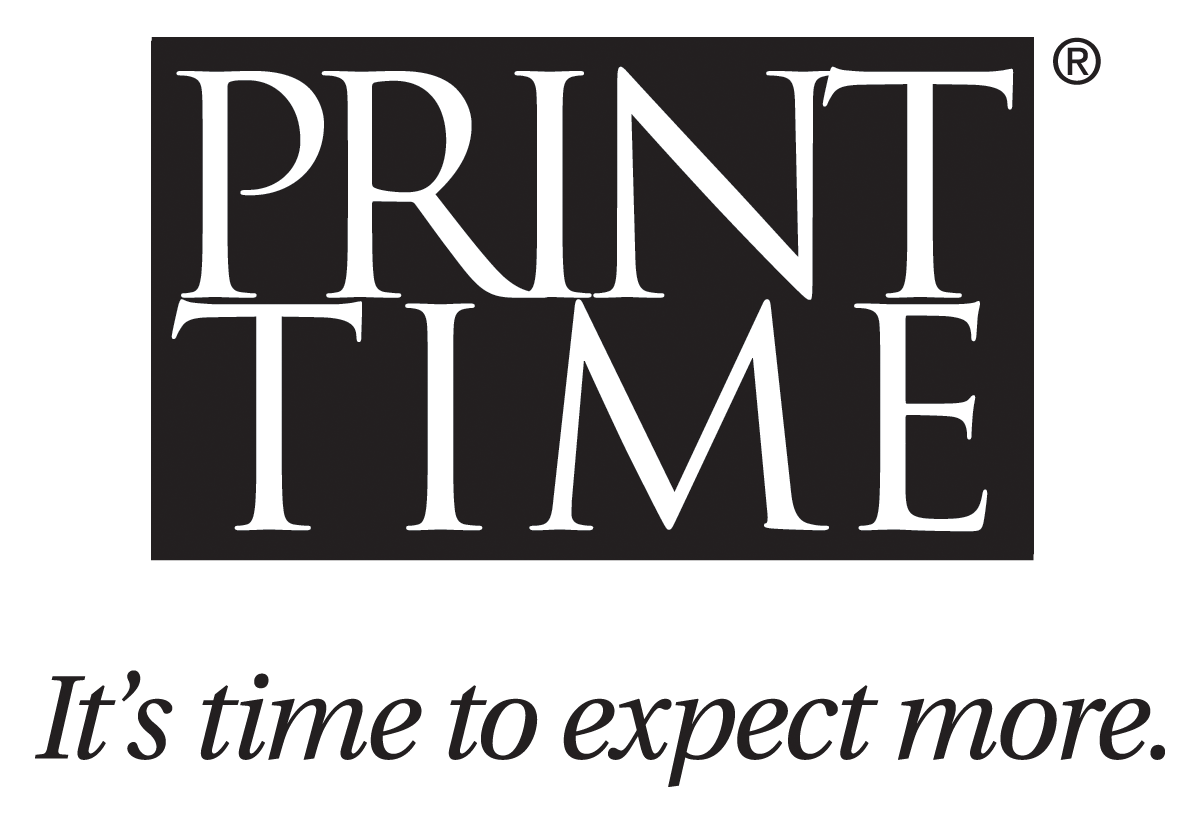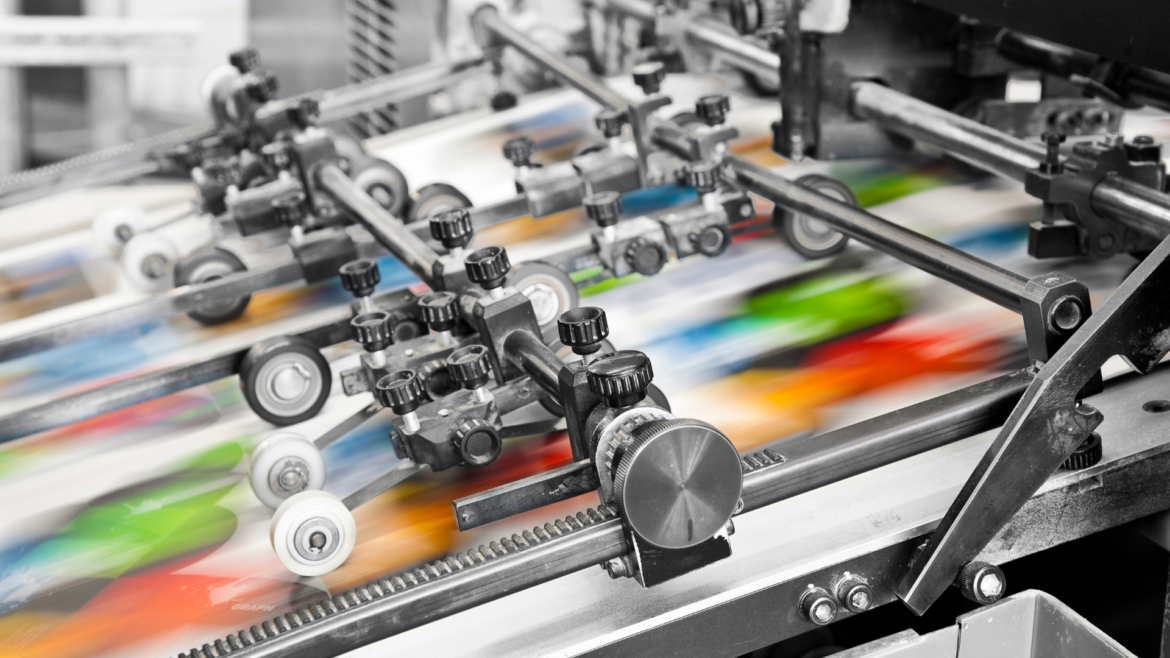Offset printing might not be too familiar for everyday people, but it’s a common term to anyone who works in printing or the printing industry. Also called offset lithography or litho-offset, the term is defined as a widely-used form of commercial printing. It’s one of the most popular means to print in larger volumes. Whereas your regular office printer may be capable of printing sheets of paperwork, offset printing is for truly large-scale printing, such as issues of magazines, books, posters, and other marketing peripherals that are printed by the hundreds or even thousands.
The Big Process
How does it work? In regular digital printing, an electronic file is sent to a printing device. From there, the design is printed onto the material via digital signal. It could be laser printed or inkjet print. This is the type of printing you’ll have right in your own home.
Offset printing is a different beast. Traditionally, this kind of printing takes more time, as it’s a multi-step process. Metal plates with the impression of the text and images of the content are prepared with water-repellent ink. These oily inks will only stick to the areas of the plate that hold the images and text. There are multiple metal plate cylinders, often one for each CMYK color (Cyan, Magenta, Yellow, and Black). Paper is then pressed through the cylinders, one after another, with colors being printed on until the final product.
Versus Digital
Is it better than digital printing? It depends on what you’re printing. Offset printing and digital printing are excellent choices, but there are different efficiencies and carbon footprints. Digital printing can be a quick and easy way to do the job if you don’t need plenty of copies. But if you’re planning on creating lots of materials, offset printing may take more time, but it’s the better and more cost-effective option. Remember that currently, digital printer inks are more expensive by volume compared to wine. Printing costs could skyrocket. But with offset printing, on the other hand, costs less, at more output.
Which should you choose? Head to Print Time for more advice and information on which option is right for your business needs.


Leave a reply